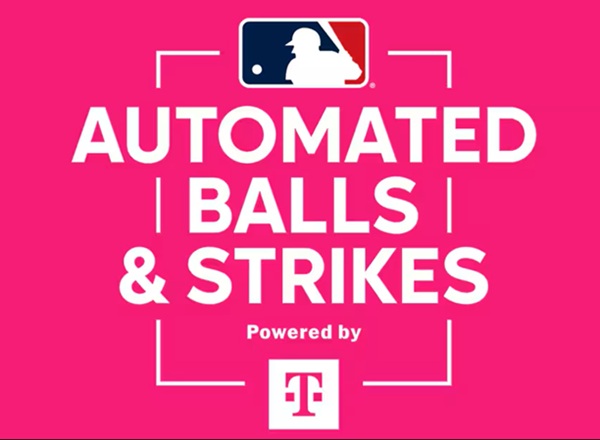NEW YORK—Major League Baseball will introduce a challenge system for automated ball-strike calls starting in the 2026 season, marking the first time umpires’ decisions on pitches will be subject to review at the sport’s highest level.
The Joint Competition Committee, which includes representatives from MLB team owners, players and executives, voted unanimously Tuesday to adopt the system across all regular-season and postseason games. Powered by Hawk-Eye camera technology and transmitted via T-Mobile’s 5G network, the Automated Ball-Strike (ABS) Challenge System aims to improve accuracy while preserving the human element of umpiring, officials said.
Under the new rules, each team will receive two challenges per game. Players — including batters, pitchers or catchers — can initiate a review by immediately tapping their cap or helmet after a disputed call, without input from the dugout. Successful challenges will be retained, while unsuccessful ones are lost, introducing strategic decisions in high-leverage moments.
Extra innings will offer limited relief: A team entering the 10th inning without challenges gets one; if exhausted, another is granted for the 11th, and so on. Reviews, displayed via animated graphics on stadium videoboards and broadcasts, averaged just 13.8 seconds during spring training trials this year.
The strike zone, calibrated using player-specific measurements, will measure 17 inches wide, with a top at 53.5% of the batter’s height and a bottom at 27%. Depths extend 8.5 inches from the front and back of home plate — a more standardized box than the often pitcher-favorable zones called by umpires, which average a higher top (55.6%) and lower bottom (24.2%).Player heights will be measured manually without cleats and verified through biomechanical analysis to ensure precision.
The system builds on years of minor league experimentation, debuting in the Florida State League in 2022 and refined through Triple-A trials. Unlike a full ABS setup tested in the minors — which automated every call and led to more walks and longer games — the challenge format retains pitch framing by catchers and human judgment for most calls.
In 2025 spring training games, teams averaged 4.1 challenges per contest, with a 52.2% overturn rate — slightly higher than the 50% seen at Triple-A. Defensive players succeeded 54.4% of the time, compared to 50% for hitters, and overturns decreased as games wore on, from 60% in early innings to 46% in the ninth.
MLB Commissioner Rob Manfred hailed the move as a continuation of recent rule tweaks that have boosted pace and excitement. “The previous rule changes that have been adopted by the Joint Competition Committee have had staying power and created momentum for the game,” Manfred said in a statement. “We used the same process with ABS that started with listening to fans, conducting extensive testing at the Minor League level, and trying at every step to make the game better. Throughout this process we have worked on deploying the system in a way that’s acceptable to players. The strong preference from players for the Challenge format over using the technology to call every pitch was a key factor in determining the system we are announcing today.”
The adoption comes after video replay reviews, introduced in 2008, excluded ball-strike calls from scrutiny at the major league level. A 2025 survey of Triple-A fans found 71% preferred four or fewer total challenges per game, a threshold met 62% of the time with the two-challenge limit.
T-Mobile, MLB’s wireless partner, emphasized the technology’s role in the rollout. “We’ve accomplished a lot through our longstanding partnership with MLB, and the rollout of ABS — powered by T-Mobile 5G — will bring even more transparency and excitement to the game,” said Mike Katz, T-Mobile’s president of marketing, strategy and products.
Players have largely endorsed the hybrid approach, which balances technology with tradition. The full ABS was piloted in the independent Atlantic League in 2019 but phased out in favor of challenges by 2025.The change is expected to debut in spring training 2026 before full implementation.


